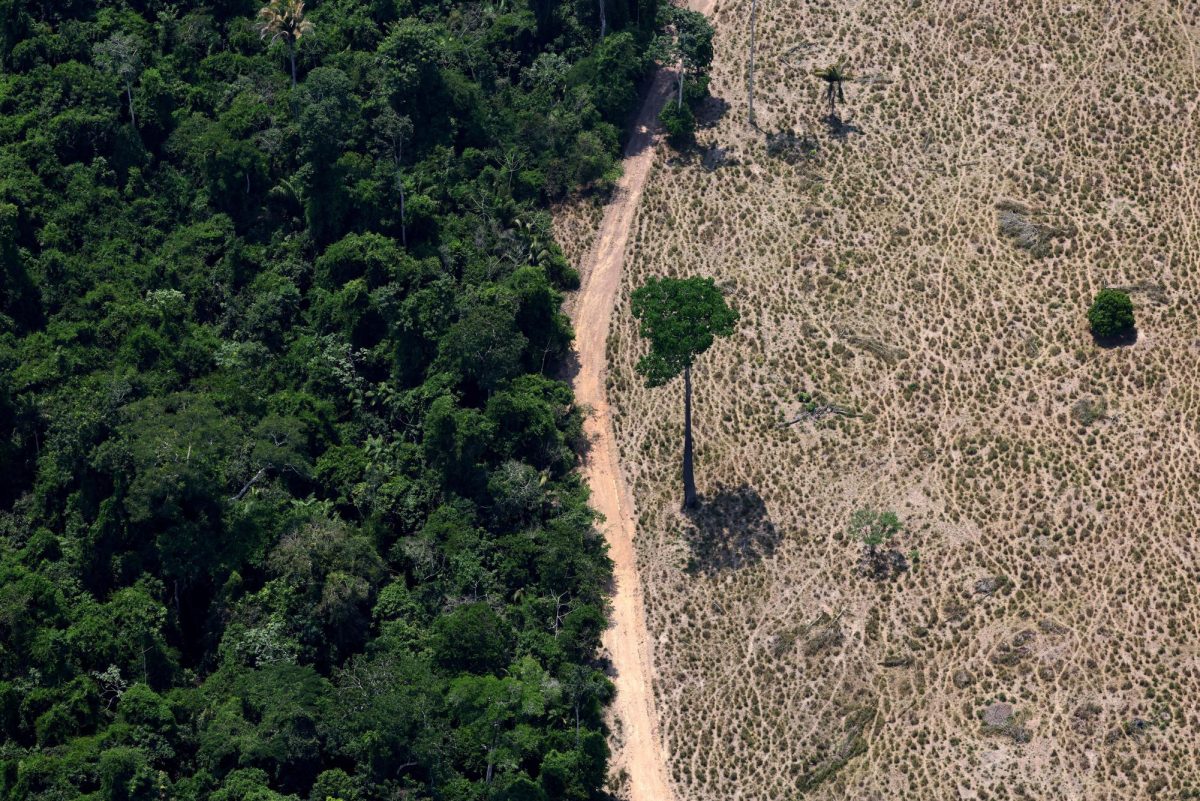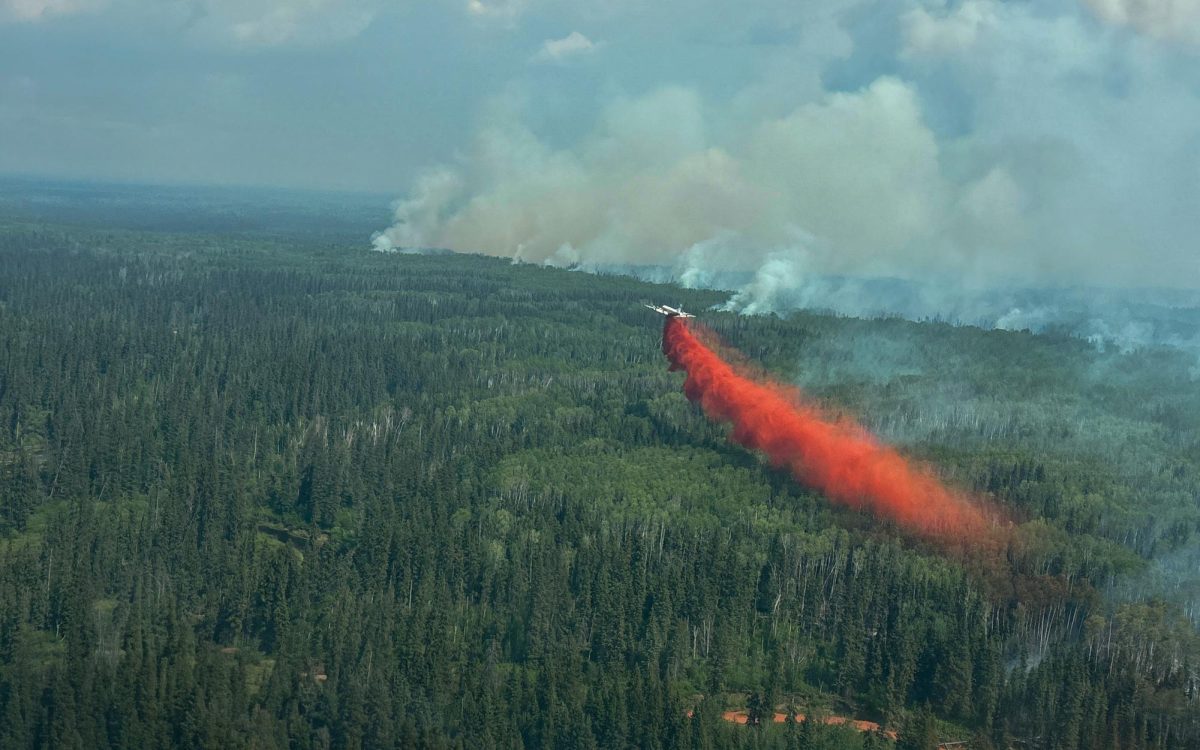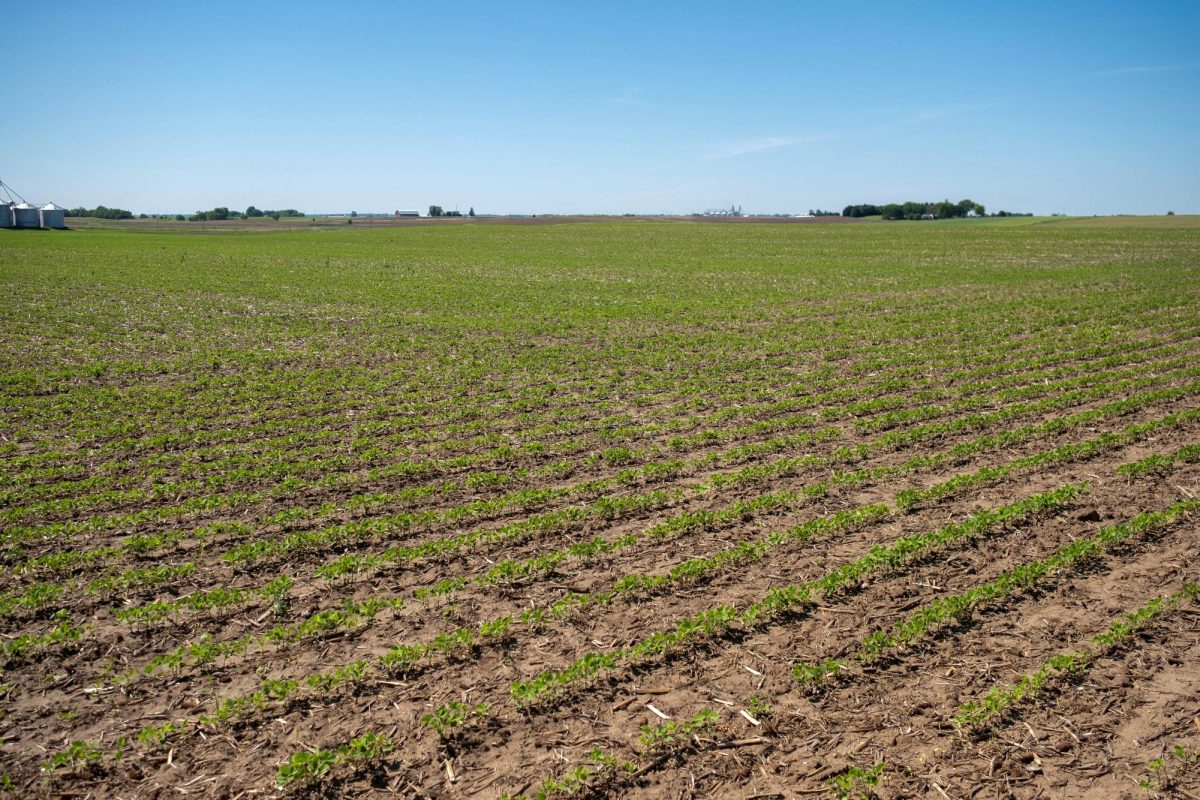Hurricanes are natural disasters that can cause severe damage, especially in coastal areas. One such example is Hurricane Milton, which wreaked havoc on the regions it affected.
The financial toll from this hurricane has been significant, affecting both individual households and entire economies. This article delves into the financial damage caused by Hurricane Milton, exploring the various areas impacted and the long-term economic consequences.
This hurricane developed in the Atlantic Ocean, intensifying into a major hurricane as it moved closer to the southeastern United States. The hurricane’s path was marked by high winds, torrential rains, and widespread flooding. Its impact was particularly severe in coastal regions where communities were unprepared for the magnitude of the storm.
Hurricane Milton reached a Category 4 status at its peak, with sustained winds exceeding 130 miles per hour, leading to extensive damage in both urban and rural areas. The combination of wind damage, storm surge, and flooding led to a significant financial burden on the affected regions.
One of the most immediate financial impacts of Hurricane Milton was the damage to infrastructure and property. Homes, commercial buildings, roads, bridges, and utilities were heavily affected by the hurricane’s powerful winds and flooding. The destruction of thousands of homes left many residents displaced, and the cost of repairs and reconstruction became a significant burden on families and businesses alike. Preliminary estimates suggested that the total damage to properties is billions of dollars, with insurers facing a massive influx of claims.
The real estate market in the affected areas took a hit as property values plummeted due to the extensive damage. Many homeowners faced significant losses, particularly those who were uninsured or underinsured. This decline in property values had a cascading effect on local economies, as tax revenues dropped and local governments struggled to finance recovery efforts.
Hurricane Milton’s economic impact extended beyond individual property damage, deeply affecting local and regional economies. Small businesses were especially vulnerable, with many facing long-term closures due to damaged facilities, loss of inventory, and decreased consumer spending. The tourism sector, a key source of revenue in many coastal communities, also suffered heavily. Beaches, parks, and other attractions were severely damaged, leading to a sharp decline in tourism revenue during the crucial summer months.
The agricultural sector was not spared, as flooding and strong winds destroyed crops and livestock. Farmers faced significant losses, and the subsequent rise in food prices added to the financial strain on households in the region. The cumulative economic losses from damaged infrastructure, business interruptions, and agricultural losses amounted to several billion dollars, further complicating the recovery efforts.
In the aftermath of Hurricane Milton, insurance companies faced an overwhelming volume of claims from policyholders seeking compensation for their losses. The insurance industry estimated that payouts for damages and losses would exceed $10 billion, making it one of the costliest hurricanes in recent history. Many insurers raised premiums in response, adding to the financial burden on homeowners and businesses in hurricane-prone areas. Additionally, there were concerns about the availability of insurance coverage in these regions, with some companies reconsidering their willingness to provide policies in areas highly vulnerable to such disasters.

Federal aid played a critical role in helping communities recover from the devastation of Hurricane Milton. The federal government, through agencies like FEMA (Federal Emergency Management Agency), provided billions of dollars in relief funds to support recovery efforts, rebuild infrastructure, and assist displaced families. However, the allocation of federal aid came with challenges, including delays in disbursement and debates over the adequacy of the support provided.
The financial damage caused by Hurricane Milton has been substantial, with losses running into billions of dollars. The immediate effects on infrastructure, property, and local economies have been devastating, while the longer-term challenges will continue to shape the economic landscape of the affected regions. As communities rebuild and seek to recover, the lessons from Hurricane Milton underscore the need for better preparedness and resilience in the face of increasingly severe weather events.










































